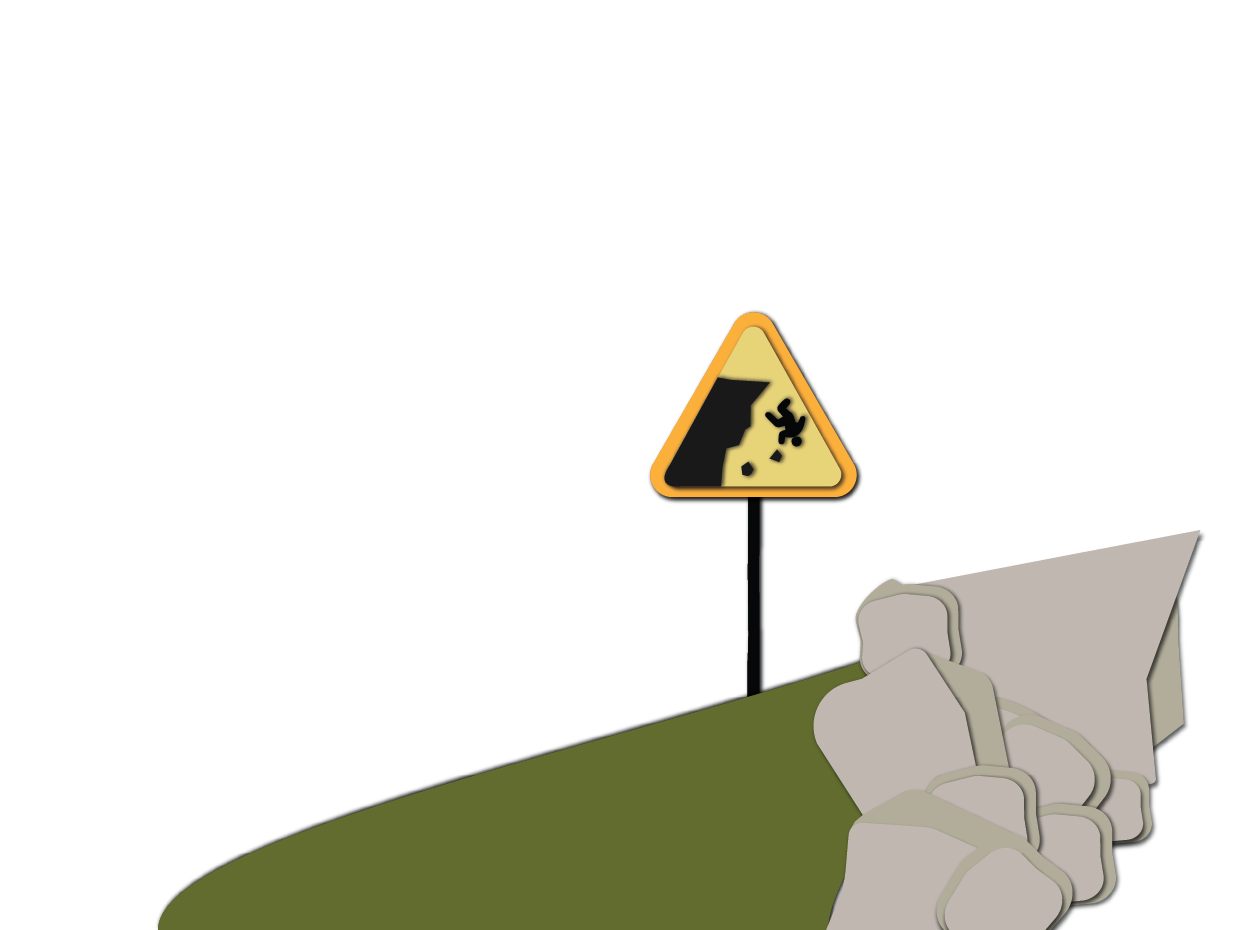Fraudsters are creating authentic looking websites that masquerade as legitimate investment firms. These websites are designed to fool you into thinking you are dealing with the real company. You may end up feeling so convinced that you send money not realizing you’re falling for a fraud. Fake websites can cause real trouble: for you, for other investors and for the reputation of the firm. And fraudulent websites are a growing problem.
The CSA issued an Investor Alert about an increase in investment scams imitating well-known financial brands in the spring. These scams deceive investors into thinking they’re visiting an authentic website of a financial firm, but they’re actually on a fake website. And now scammers are creating fake websites for smaller, lesser-known firms too.
On this page you’ll find
How to spot fake websites
It’s not wise to click on a weblink to a company in an unsolicited email — even if it’s a company you know.
Here are four ways to spot fake websites:
- Simply search and address double check — do an easy online search of the company’s name. Does the web address match the one you received in the unsolicited email? Website addresses for fake companies, and email addresses, can look authentic but if you look closely, you may see extra letters or hyphens that the real address doesn’t have.
- Spell check — look at to see if there are spelling errors on the website. Fake sites often have misspellings of basic information, including the name of the company they are pretending to be.
- Compare graphics — if you see poor low-resolution graphics and company logos that are askew, you may be on a duplicate site.
- Unusual payment — look out for unusual payment methods. Be on the lookout for any request to send money offshore via wire transfer or for unusual payment methods such as being asked to pay using cryptocurrency.
Remember be wary of any unsolicited investment offers whether from an email, mail, telephone or text
